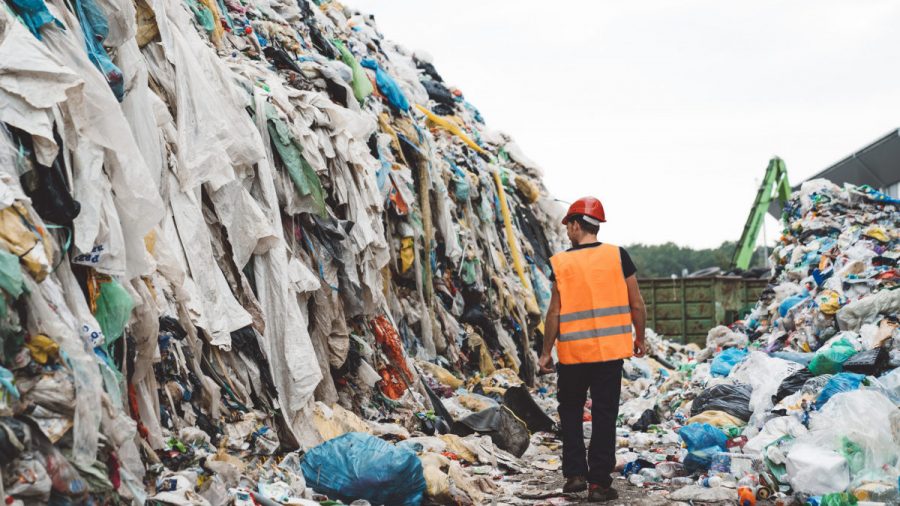The Dangerous Effects of the Fast Fashion Industry During the Time of COVID-19
According to the Oxford English Dictionary, fast fashion is defined as “inexpensive clothing produced rapidly by mass-market retailers in response to the latest trends.” Fast fashion is the world’s second-largest consumer of water, and it produces “about 1.2 billion tonnes of carbon emissions per year,” as stated by Steve McIntosh of the BBC. The New York Times’ Tatiana Schlossberg reports that at the current rate that humans buy fast fashion items, we will “surpass the world’s supply” of water “by 40 percent in 2030.” Most people largely overlook the issue of fast fashion; the fact remains that it is a massive contributor to the destruction of our climate.
Gap, H&M, Topshop, and Zara are some of the biggest fast-fashion brands in the world. In March, the U.S went into lockdown, and according to the BBC’s Steve McIntosh, 34% of clothing sales fell. The Coronavirus created a huge problem for the fashion industry, especially in-store retailers. Other brands, such as Shein, who are exclusively online retailers, did exceptionally well during quarantine when buyers had nothing else to do but online shop. Shein is another leading fast-fashion brand. Their manufacturing takes place in sweatshops, mainly in China, allowing for the low prices. This results in unethical practices for their employees and the Earth.
Though the success of these online retailers, like Shein, continued to grow during quarantine, people across the world also began to make their own clothes. In April, when the CDC mandated mask-wearing, sales for sewing machines sky-rocketed. The Washington Post’s Jura Koncius reported that Singer: one of the leading sewing machine manufacturers, was out of stock of almost all of their models by early April. This spike in sewing machine sales was a result of the mask mandate, as well as people’s boredom. Sewing and making your own clothes became a huge trend on the platform Tiktok. This contributed to many teens creating their own clothing and staying away from fast-fashion. Creating them on sewing machines they had at home, the online platform Etsy reported that crafters sold more than 29 million masks this summer.
Like sewing, the trend of thrifting became extremely popular this past summer. Thrifting clothing is one of the best ways to lessen your carbon footprint because it is simply recycling. Instead of throwing out old clothing, people are able to recycle their items as well as buy recycled items instead of fast-fashion garments. If the world’s youth can educate themselves on the harmful effects of the fast-fashion industry, then we can stop this industry from continuing to contribute their massive amount of damage to our climate.

Hi! My name is Lilli Serota and I am a senior at Sandy Spring Friends School. I have been a staff writer for the Wildezine for three years and written...






Alex Rochette • Jan 26, 2021 at 1:28 pm
Really interesting! I would have never guessed how much waters goes into the production of clothing around the world. Will definitely keep this in mind when I go shopping.